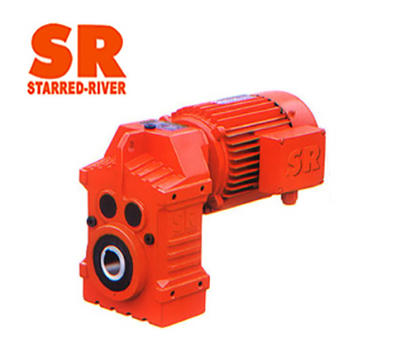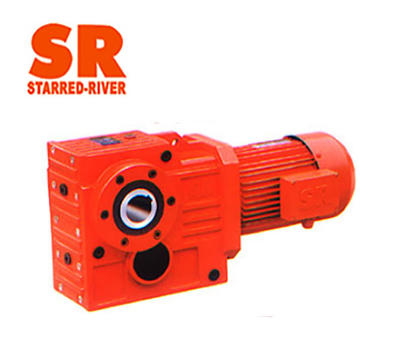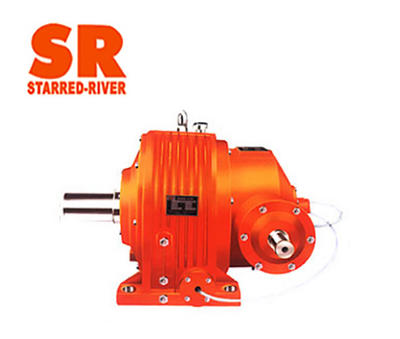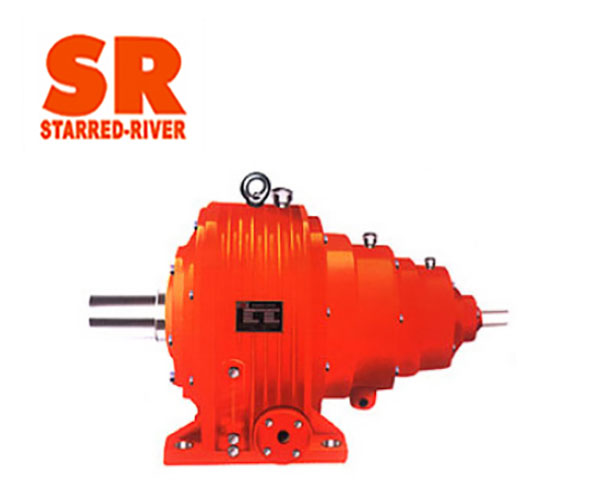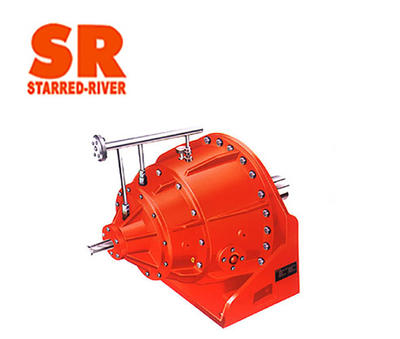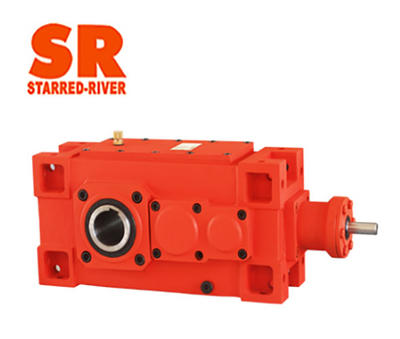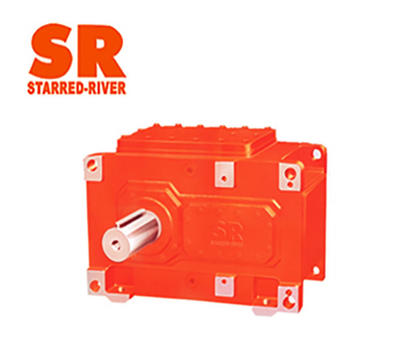These are all customized products according to
customer's requirement. If needed, we can
provide custom sevice for you.
1. Vibration and noise cause environmental pollution. After the reducer is started, due to gear and bearing wear or poor assembly of the transmission device, the machine has a large jitter. For reasons such as bearing damage, gear wear, gear damage or foreign matter jamming, the machine will emit a loud and long-lasting harsh sound. These faults will cause serious noise pollution.
2. Excessive oil temperature causes device damage. During the operation of the reducer, due to insufficient lubricating oil or overloading of the equipment, the temperature of the lubricating oil inside the reducer rises rapidly, causing partial damage to the relevant parts of the reducer. Some devices have not been eliminated due to internal stress, and large thermal deformation will cause the accuracy of the reducer to decrease, and some devices may be damaged due to reduced material strength under high temperature conditions. Some reducers with inflexible operation and severe power loss during operation may cause the transmission parts to be jammed when foreign objects invade, causing uneven operation or abnormal vibration.

3. Poor lubrication of gear pair causes tooth surface wear. Due to the harsh operating environment of the reducer, the lubricating oil film is not easy to form and exist stably between the meshing surfaces, causing pitting, friction, wear, and deformation on the gear surface, bearing chamber, and gear shaft diameter surface, until the gear surface is seriously damaged.
4. Oil leakage in the tank causes environmental pollution. In the reducer, oil leaks from the box due to factors such as oil seal damage, gasket damage, oil plug looseness or oil mark damage. It may also cause excessive oil volume, high oil level or multiple cold starts. The blistering phenomenon causes a large amount of oil leakage at the vent plug and seriously pollutes the environment.
5. The internal structure design of the reducer is not standardized. In the structure of the reducer, because the cover plate above the inspection hole is designed to be too thin, it is easy to deform locally after tightening the screws and cause contact gaps to cause oil leakage. During the manufacturing process, the castings are not annealed and deformed, resulting in gaps and oil leakage. It may be that there is no oil return groove on the box. When too much lubricating oil accumulates on the end cover of the reducer box and the structural joint surface, the pressure difference causes the lubricating oil to leak from the joint gap.

 English
English 简体中文
简体中文